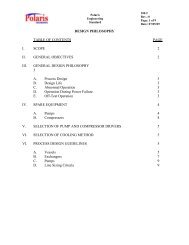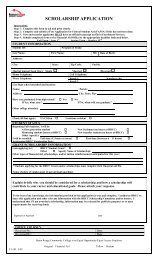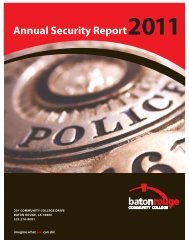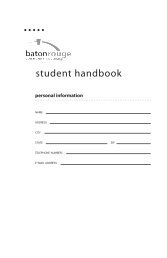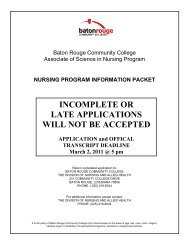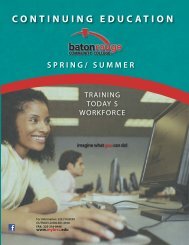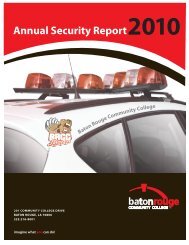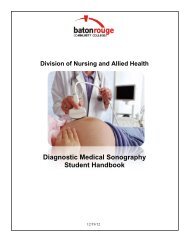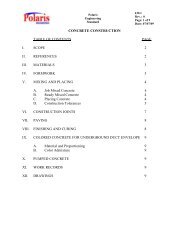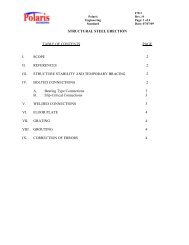Distance Education Models and Best Practices
Distance Education Models and Best Practices
Distance Education Models and Best Practices
Create successful ePaper yourself
Turn your PDF publications into a flip-book with our unique Google optimized e-Paper software.
ACADEMY ADMINISTRATION PRACTICEJUNE 2011Next, we take a closer look at two of the principles listed above that are notablyintegral to ensuring the financial sustainability of distance programs: “Knowing yourcosts” <strong>and</strong> “Determining a price.”Program CostsIt is imperative to have an accurate underst<strong>and</strong>ing of the current costs of a distanceeducation program so that reasonable projections of future costs can be established.As a distance program grows, all other operations must scale along with it. Thisincludes faculty, materials, registration, support staff, <strong>and</strong> course quality. 52Programs must be careful to accurately estimate the costs of developing an onlinecourse. Underestimation can jeopardize the long-term growth of a program or evencompromise its sustainability. Important factors that affect the costs of an onlineprogram include the choice of media <strong>and</strong> technology, materials <strong>and</strong> equipment,staffing costs, <strong>and</strong> course design <strong>and</strong> production expenses, including timemanagement, resource assignment, formative evaluation, <strong>and</strong> quality control. 53There are a number of commercial off-the-shelf cost estimation tools available, butthere is a notable lack of publicly available information about best practices for costestimates. The Center for Learning Technologies at Old Dominion University(ODU) developed a “web-based cost estimation program based on expert evaluations<strong>and</strong>…years of experience in designing hybrid, synchronous, asynchronous, CD-ROM, two-way video, <strong>and</strong> online courses.” 54ODU’s Asynchronous Cost Model (ACM) is intended to help instructors <strong>and</strong>programs by establishing a framework (through an interactive spreadsheet) for costestimation. 55 According to Stuart, He, <strong>and</strong> Abdou, the categories covered by theACM include:Instructional design, interface, text, graphics (clean presentation, graphic library, <strong>and</strong>original artwork), photographs, animation (Flash/2-D, 3-D <strong>and</strong> simulation), audio(background, voiceover, sound effects, <strong>and</strong> transcription), video (encoding forstreaming, studio/post, <strong>and</strong> location/post), assessment, learning managementsystems (LMS), <strong>and</strong> deliverables (VHS tape, CD-ROM <strong>and</strong> DVD-ROM). 5652 Hill, Melanie <strong>and</strong> Matthew Clay. “Growth Management in <strong>Distance</strong> <strong>Education</strong>: How to Exp<strong>and</strong> Your <strong>Distance</strong>Offerings.” Online Journal of <strong>Distance</strong> Learning Administration. Vol. 1. No. 4. Winter 1998. p. 2.www.westga.edu/~distance/ojdla/spring21/hill21.pdf53 Gordon, Stuart, Wu He, <strong>and</strong> M’hammed Abdou. “Using a Web-based System to Estimate the Cost of OnlineCourse Production.” Online Journal of <strong>Distance</strong> Learning Administration. Vol. 12. No. 3. Fall 2009. p.1.www.westga.edu/~distance/ojdla/fall123/gordon123.pdf54 Ibid.55 The Asynchronous Cost Model is available online at preweb.clt.odu.edu/cost56 Ibid., pp. 1-2.© 2011 Hanover Research ‐ Academy Administration Practice36



